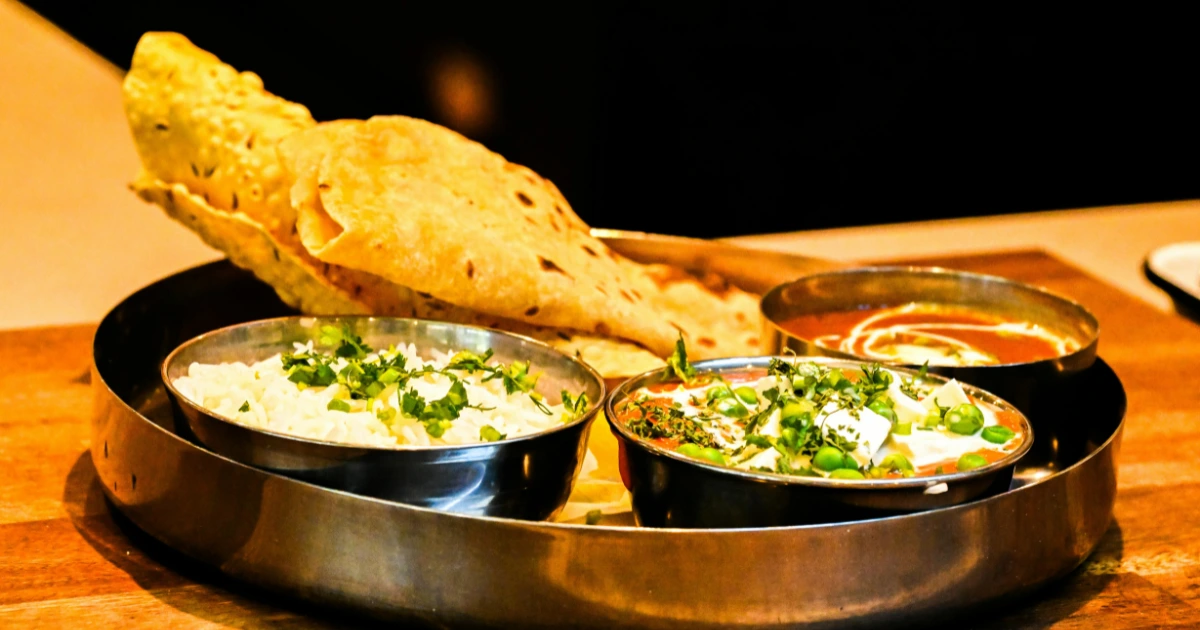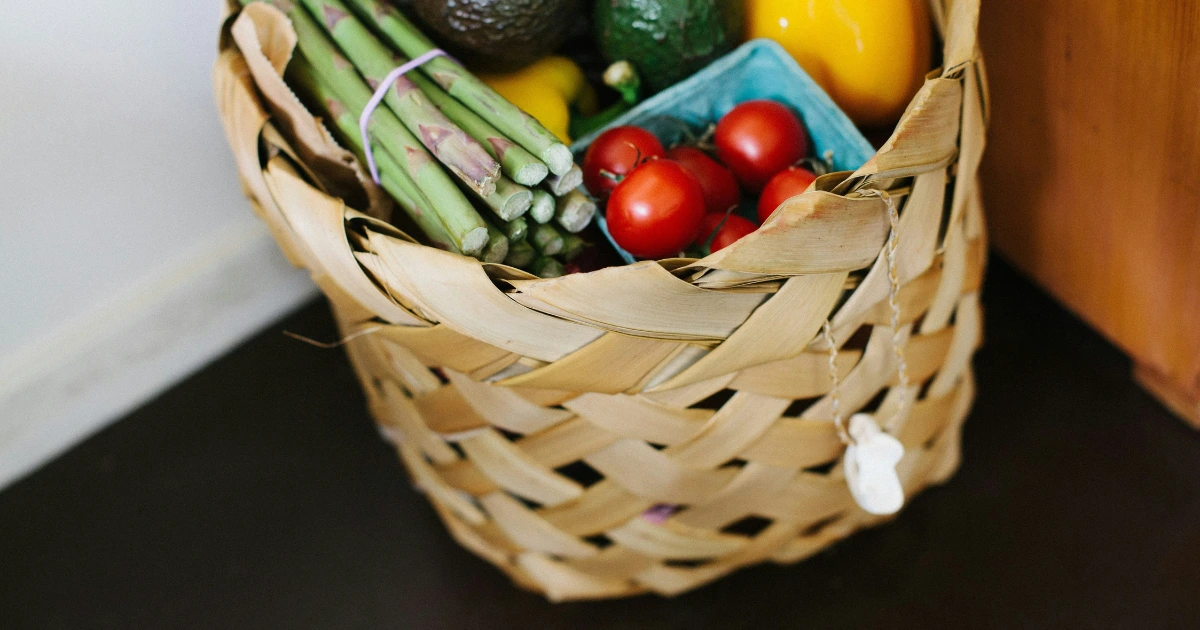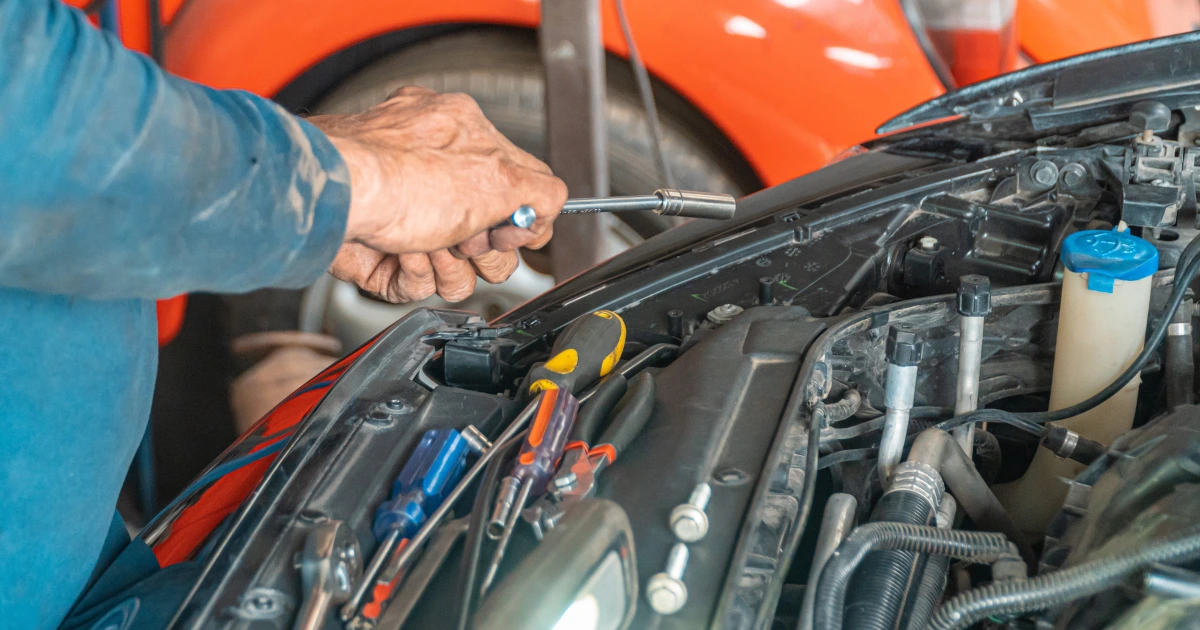What Business Can I Start With 50000 in India

Many of the successful entrepreneurs started off small, and so can you.
If you keep wondering what business can I start with 50000 in India, then this guide is here for you.
With the right idea and a little bit of planning, you can initiate something that will not only be within your budget but also has the potential to grow.
Making the most of ₹50,000 for your business
The following businesses can generate serious side income or primary income for you if you focus on exploring them, and creating the right business model, plan, and launch.
Let’s break down some of the simple, practical business ideas that cost less than 50000 rupees and break out the potential customers, investment, daily revenue, and profit margins.
Food-Based Business Ideas
Paratha Parlor

Parathas are a crowd favourite, and the variety of fillings, such as paneer, aloo, and even chocolate, makes it an easy sell.
Find a high-traffic spot, like near a college or office complex, to set up your stall.
A small but clean and inviting setup can attract plenty of regular customers to your breakfast-focused food venture.
Who are my customers?
Your customers will mainly be students, office goers, and people who pass by for quick, delicious, and affordable meals.
Parathas are liked by everyone from young to family because of their versatility and taste.
Investment: ₹40,000 can set up a small paratha stall with a stove, ingredients, and basic cooking utensils. You can also use the budget to get a table and chairs for serving customers.
Daily Revenue: 100 parathas sold daily at ₹20 each could bring in ₹2,000.
Profit Margins: After all the ingredient and operational costs are covered, you can expect a profit margin of 25-35%.
Juice Business on Zomato/Swiggy

This business is quite popular as it can be operated from home with minimal setup.
The uniqueness of juice or healthy options like sugar-free or detox juices will help in attracting more customers.
Delivery platforms will take care of the logistics, and you will be free to concentrate on production and quality.
Who are my customers?
Your target audience includes health-conscious people, office-going people, and those who enjoy fresh juices but like ordering them online.
Such an audience will be highly particular about hygiene and quality of the beverage.
Investment: You can use ₹30,000 for the purchase of a high-end juicer, fresh fruits, and registration on food delivery platforms such as Zomato or Swiggy. You may require a few basic packaging items such as disposable bottles.
Daily Revenue: Selling 100 juices in a day at ₹80 is ₹8,000 in total.
Profit Margin: Fresh juice gives one a 30-40% profit margin if cost of fruits, packaging and delivery commission are subtracted.
Catering or Tiffin Service

While there are many who need home-cooked food, people typically seek convenient, reliable tiffin services.
Start catering to offices, hostels, and colleges in your locality.
A good quality, timely delivery reputation could allow you to grow from word of mouth or from groups on WhatsApp.
Who is my customer?
Your customers are working professionals, students, and families desirous of fresh home-cooked meals but unable to make time for preparing.
Such people prioritize hygiene and taste in their day-to-day meals along with keeping a check on expenses.
Investment: This would cover basic equipment related to cooking, the procurement of ingredients, and all that is needed to source the packaging materials with just ₹50,000, and this would be to enable basic utensils, gas, and containers.
Daily Revenue: 50 tiffins a day at ₹100 each translates to a daily revenue of ₹5,000.
Profit margins: Profit margins would be about 20-30% if food and delivery costs are deducted.
Homemade Pickles

Pickles are a very common thing in many Indian households.
If the product is good, it quickly gains some loyal customers.
Try to have different flavours like mango, lemon, or mixed vegetables.
Try to start by selling in your community, local stores, or even online marketplaces.
You can also explore a repacking business from home by sourcing pickles in bulk from local producers and repackaging them into smaller jars with your branding.
Who are my customers?
Your customers are those family groups who love to see authentic, homemade pickles and small retailers selling homemade food products.
People mostly buy pickles as some sort of nostalgia or to be given as a gift to someone.
Investment: ₹20,000 would help you buy spices, oil, sterilization tools, glass jars, and labels. You could also start small and scale as your demand grows.
Daily Income: Selling 50 jars every day at ₹200 a jar would bring you in ₹10,000 income.
Profit Margins: Homemade pickles typically have a profit margin of 50% as the cost of ingredients is relatively low.
Retail and E-commerce Business Ideas
Online Grocery Delivery

This business works if you target a small local area so that you can be sure of fast and reliable deliveries.
You do not need a fancy website; taking orders through WhatsApp groups is cost-effective and efficient.
You maintain a good relationship with your customers and offer consistent service to help you build trust and grow gradually.
Who are my customers?
This encompasses busy households, senior citizens, and customers who have a preference for grocery shopping at home and thus having it delivered.
It also caters to customers who do not get the time to go to markets.
Investment: Initial investment will be about ₹45,000 which can buy stock, minimum packaging materials, and a bicycle or scooter to make deliveries.
Daily Revenue: A daily income of ₹10,000 can easily be generated from a suitable location, assuming good demand.
Profit Margins: The grocery business is competitive but thrives on volume, so profit margins are usually 10-15%.
Scented Candles or Incense Sticks

You can create candles of different shapes, colours, and fragrances or pack them as gift sets.
For incense sticks, concentrate on your traditional and soothing fragrances.
Selling through a local gift shop or the online marketplace can get the word out to more people.
If it is of good quality every time, you can build customer loyalty fast.
Who are my customers?
They’re a home décor, aroma therapy, or gifting lover; this includes families and working professionals and even the companies running spas and salons frequently use candles and incense sticks.
Investment: This venture could easily take a raw material investment such as wax, fragrances, moulds, wick or pure oils and bamboo sticks into an incense stick by paying an amount of ₹ 25,000.
Daily Revenue: Selling a number of 100 per day at ₹50 is likely to generate a day revenue of ₹5,000.
Profit Margins: This business has about 60% high-profit margins because raw material costs are relatively low.
Creative and Handmade Business Ideas
Handmade Clothes/Accessories

Opening a business for handmade clothes or accessories gives you an opportunity to be creative and at the same time, cater to the demand of custom fashion.
You can source eco-friendly materials and market your products through Instagram and Etsy, hence reaching a broad spectrum of customers.
Who are my customers?
Trendy, environmentally friendly customers, as well as customers who need something special and made specifically for them.
Investment: ₹45,000 in setting up small-scale tailoring machines, raw materials, design tools, and online marketing.
Daily Revenue: Selling products worth ₹10,000 daily through online platforms and local markets.
Profit Margins: Profit margins may be 40-50% considering material costs and premium pricing for handmade products.
Cocopeat Business

Demand is growing for this product, which is eco-friendly and sustainable.
This is especially good for urban customers who have enthusiastic hobbies such as gardening.
Make first sales in the locale to nursery business owners and farmers, and develop marketplaces online or enter the bulk market.
Sales can be further boosted by offering smaller packs to home gardeners.
Who are my customers?
The customer base includes farmers, gardeners, and nurseries for cocopeat as a substitute or conditioner.
You can also look at selling to urban plant enthusiasts and small-organic farmers.
Investment: You need ₹50,000 to purchase the coconut husks, shredding and drying tools, and minimum packaging. You can either purchase or rent a small processing space.
Daily Income: 100 kg of cocopeat sold at ₹20 per kg can generate ₹2,000.
Profit margins: Profit margins are high, around 50-60%, because the raw materials (coconut husks) are inexpensive and widely available.
Service-Based Business Ideas
Mobile Garage Service

The business saves customers the hassle of towing their vehicles or waiting in long queues at workshops.
Promote your service locally through flyers, WhatsApp groups, or local mechanics who can refer clients.
With time, building a reputation for being reliable and affordable will get you regular clients and referrals.
Who are my customers?
Your customers are car and bike owners who require speed repairs but have no time and cannot afford to come to a garage.
Thus, your customers may include office-goers, busy professionals, or even stranded drivers.
Investment: An initial investment for essential tools such as spanners, jacks, and diagnostic devices along with a secondhand scooter to mobilize is ₹50,000.
Daily Revenue: ₹8,000 worth of on-the-spot repairs can easily be done in an urban setting daily.
Profit Margins: Profit margins varied between 30-40%, depending on the type of repair services offered.
Mobile Beauty Salon

Providing services that include haircuts, facials, and manicures to clients at their place is an added convenience for them.
Social media, recommendations, and collaborations with wedding planners or event managers would also help you expand your clientele base.
Who are my customers?
Busy professionals, homemakers, and even aged people who wish to have salon services from their homes for comfort and privacy.
Investment: You can begin with ₹30,000 to buy simple equipment such as scissors, dryers, makeup kits, and skincare products.
Daily Revenue: With 10 appointments in a day at ₹600 each, you would make ₹6,000 in revenue.
Profit Margins: The profit margins can go as high as 50% because most of the costs, including the basic equipment, will be on upfront costs of creams and shampoos.
Homegrown Vegetable and Fruit Distribution

Grow your own vegetables and fruits so that you can cater to the growing demand for fresh organic food.
Start growing those high-demand items, like leafy greens, tomatoes, or berries.
By selling at farmers’ markets, WhatsApp groups, or even by going door to door, you can establish a solid customer base.
Who are my customers?
Your customers are health-conscious families, local grocery stores, and restaurants seeking fresh organic produce.
Investment: ₹50,000 to cover seeds, pots, compost, and a very basic irrigation system to produce vegetables and fruits at home or in a small rented space.
Daily Revenue: Selling fresh produce worth ₹5,000 daily to direct consumers or stores is quite possible.
Profit Margins: Profit margins range from 30-40% depending upon the crop type and the scale of operation.
These business ideas under 50000 rupees show that even with small capital, the impact is huge.
So, pick an idea, create a plan, and take the first step toward building your dream business.
Disclaimer: The information contained in this blog, The Growth File, is intended for general informational purposes only and does not constitute professional advice. Always consult with a qualified professional before making any business decisions based on the information you find on this blog.
